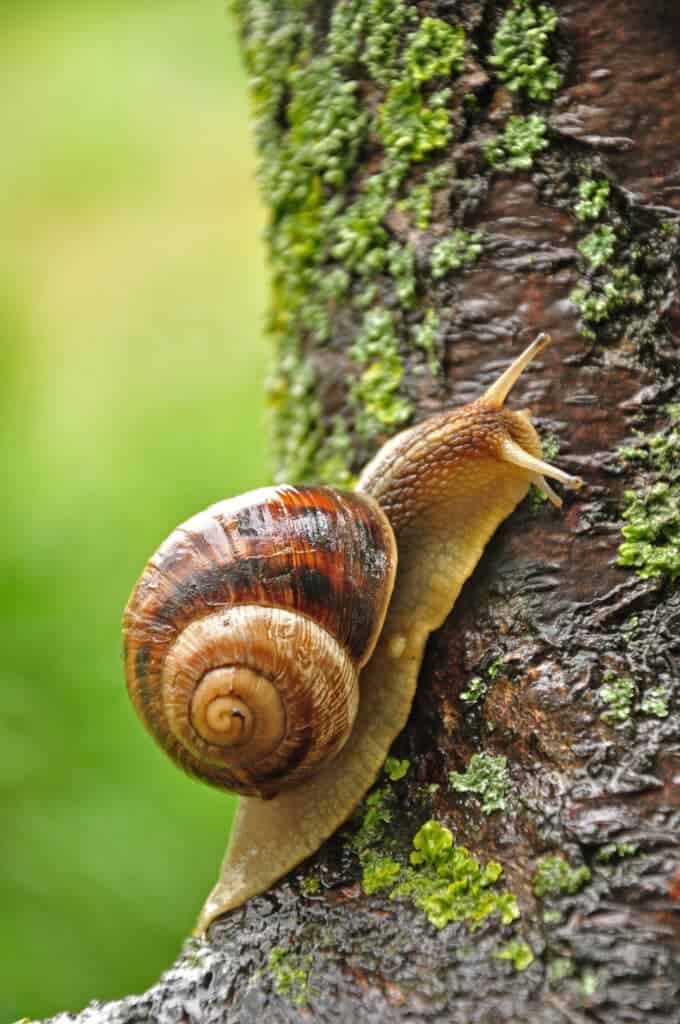Snails, with their distinctive spiral shells and unhurried movements, have long held the title for some of the slowest creatures on land. But why are they so slow?
Introduction

As we explore the fascinating world of snails, we delve into the reasons behind their leisurely pace, their preferred habitats, dietary habits, and the unique strategies they employ to navigate the challenges posed by predators.
The Slow Crawl of Snails

Snails are renowned for their unhurried and deliberate movements, often described as a crawl. Their average speed typically ranges from 0.03–0.048 mph (4–7 meters per hour), making them appear as if they are navigating the world in slow motion. This slow pace is a result of their unique locomotion, characterized by the rhythmic contraction of a specialized foot and the secretion of mucus, providing a slick surface for them to glide on.
Growth

Snails grow by gradually increasing the size of their shells in a spiraling pattern. As they consume calcium-rich food, they secrete calcium carbonate, which adds new layers to the shell’s edge. This process continues throughout their lives, ensuring the shell remains a protective, expanding home that accommodates their growing bodies.
Why So Slow?
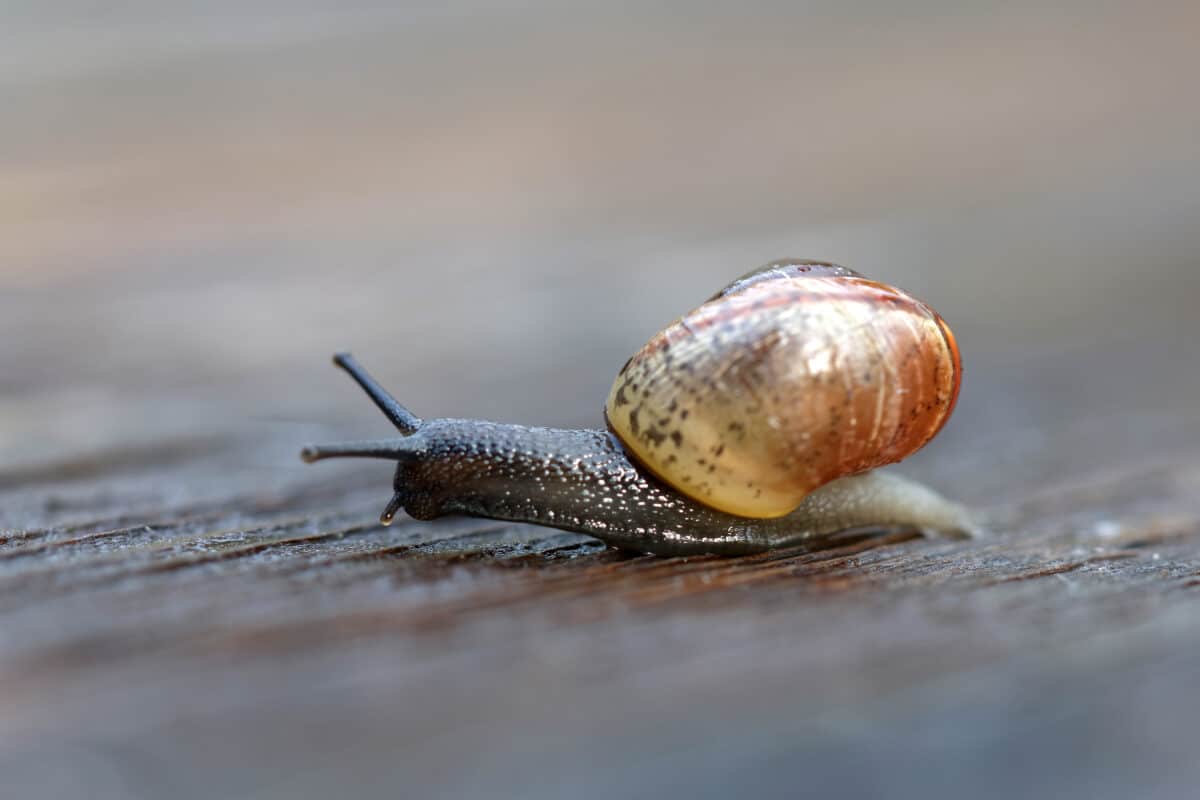
The sluggish pace of snails is closely tied to their anatomy and method of movement. Unlike animals with legs, snails move by contracting their powerful foot muscles against a surface lubricated by mucus. This slow but steady mode of locomotion allows them to navigate diverse terrains while conserving energy. Additionally, their slow metabolic rates contribute to their gradual movements, ensuring efficient energy utilization.
Habitats and Roaming Grounds

Snails are adaptable creatures that can be found in a variety of habitats, including gardens, forests, deserts, and even underwater environments. Many species are terrestrial, favoring damp conditions that facilitate the production of mucus for smoother locomotion.
Special Adaptations

Some snails, like the Roman snail, can climb plants and trees, while others, such as the garden snail, are often found at ground level. Their ability to thrive in different environments contributes to their widespread distribution across the globe.
Dietary Preferences
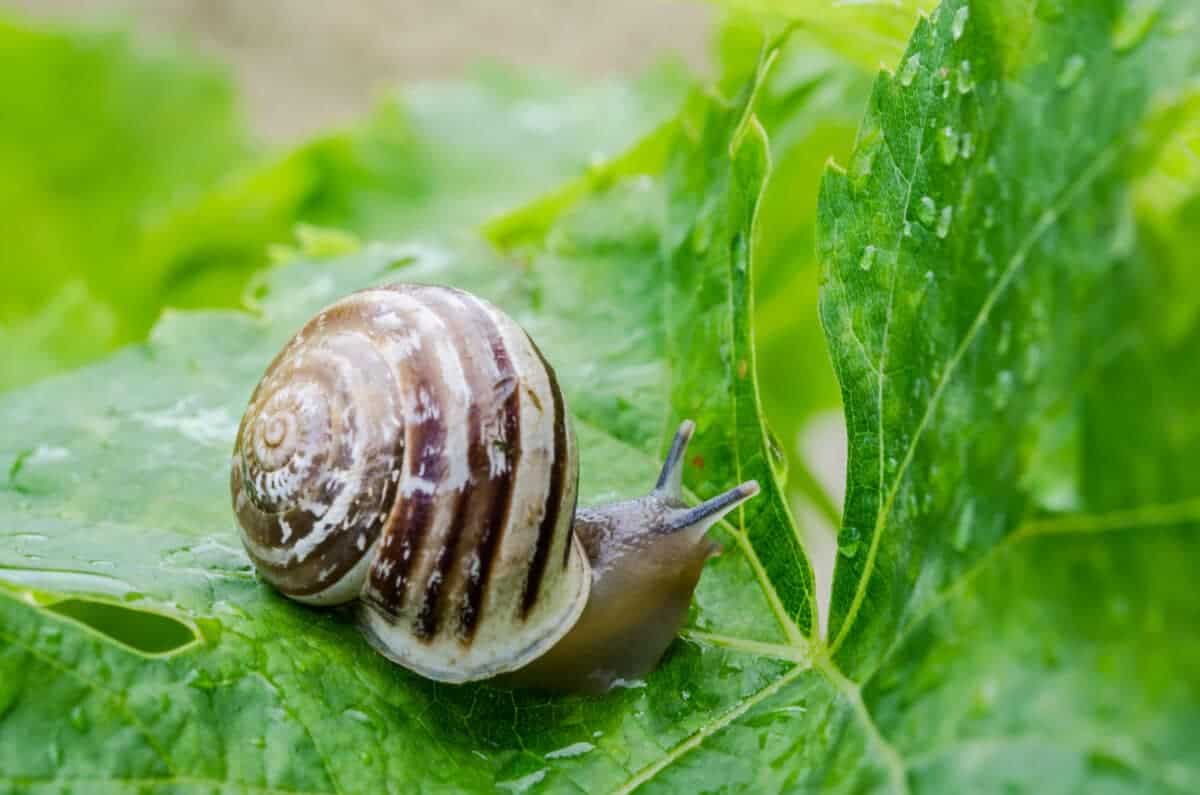
Snails are herbivores, feeding on a diverse range of plant matter. Their diet includes leaves, fruits, and even detritus. Their feeding habits are facilitated by a specialized tongue called a radula, which has rows of tiny, sharp teeth. This tongue allows them to scrape and ingest their plant-based meals. Despite their slow movements, snails can be surprisingly efficient in foraging for their preferred food sources.
Defense Mechanisms
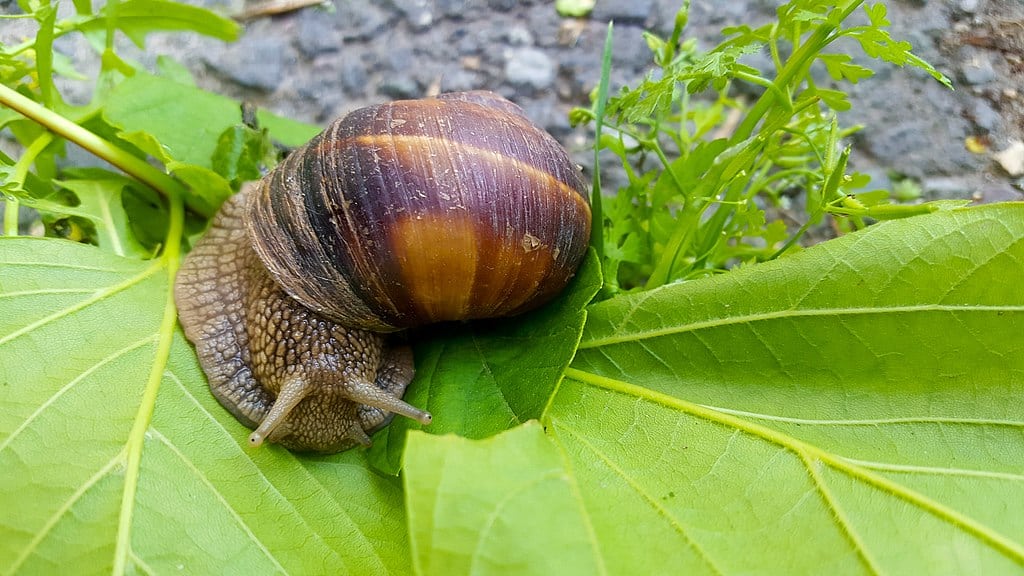
While snails may be slow, they have developed effective strategies to protect themselves against predators. The hard, protective shell is their first line of defense, serving as a shield against potential threats. When faced with danger, some snail species can retract into their shells, sealing the opening with a specialized membrane called an operculum. The mucus they produce for movement also plays a dual role, serving as a deterrent for predators by making the snail slippery and difficult to grasp.
Facing Predators at a Snail’s Pace
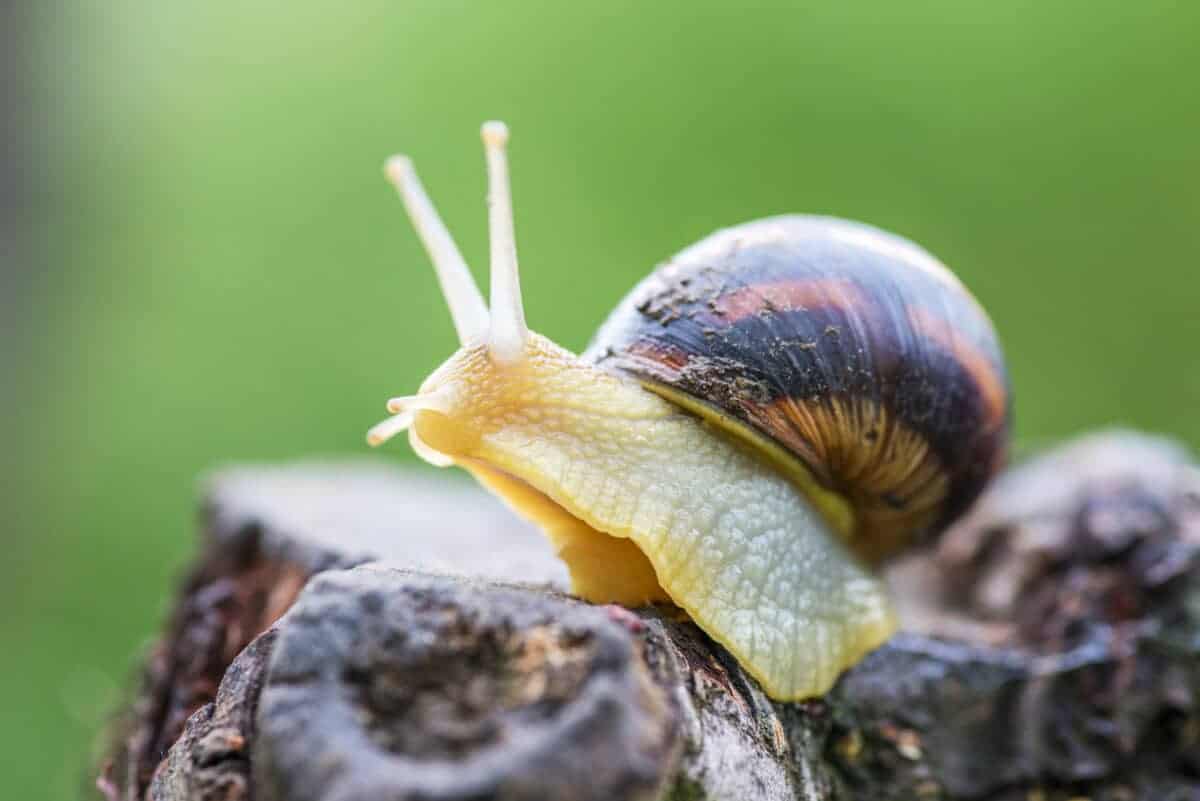
The world of snails may be characterized by a leisurely pace, but it is far from uneventful. From their unique mode of locomotion to their diverse habitats and dietary habits, snails showcase the adaptability of nature’s creations. While their slow movements might seem disadvantageous, snails have evolved ingenious strategies to thrive in their environments, demonstrating that even in the slow lane, life can be both fascinating and resilient.
Conclusion

If you liked this piece, you may enjoy these:
- How AI is Helping Scientists Talk to Animals
- 42,000 Year-Old Perfectly Intact Horse Discovered In Permafrost
Join our Forum for free today!

- In the Slow Lane: Unraveling the Secrets of Snail Movement - June 27, 2024
- Pumas Spotted Playing Hide and Seek in Chile’s Atacama Desert - June 26, 2024
- The Kodkod: Rare & Tiny Wild Cat of South America - June 26, 2024

